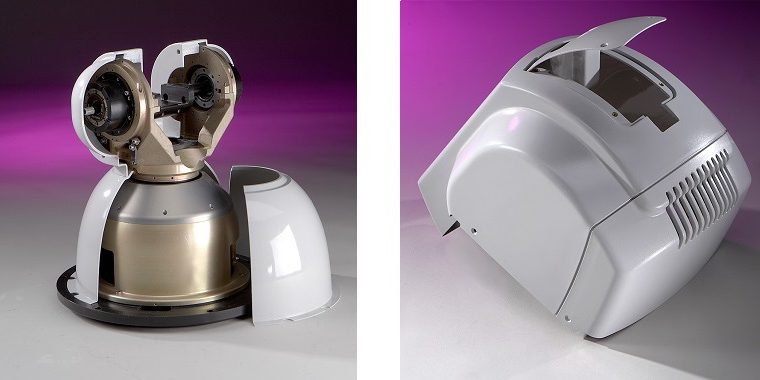
Instrument housings and assemblies are cases or enclosures that protect an instrument (such as a medical device) from environmental conditions. They may also integrate with structural components and promote ease-of-handling. Traditionally, instrument housing and assemblies were made of metal. Today, many designers are specifying plastic materials instead.
Material selection is important, of course, but so is choosing the right manufacturing process. Compared to injection molding, thermoforming services have lower tooling costs across lower volumes of parts. Plastic thermoforming also supports larger parts and complex geometries. In addition, product designers like thermoforming’s ability to incorporate part features that can speed assembly times.
In this article from Gregstrom, we’ll examine two thermoforming techniques for instrument housings and assemblies. We’ll describe how pressure forming and twin sheet thermoforming work and explain how you can get the value-added services you need for your next project.
Pressure Forming
Pressure forming produces plastic instrument housings and instrument housing assemblies with crisp lines, tight corners, textured surfaces, recessed areas, and other intricate details. This type of thermoforming applies positive pressure and vacuum pressure to opposite sides of a plastic sheet. The resulting pressure is several times higher than in vacuum forming, the simplest thermoforming technique.
Plastic pressure forming is ideal for plastic instruments and assemblies that require molded-in features such as slots, tabs, undercuts, and attachment points. This can save time on your assembly line and reduce post-processing operations. Pressure forming also supports the use of plastics with properties such as impact protection and flame resistance.
Twin Sheet Thermoforming
Twin sheet thermoforming creates strong but lightweight instrument housings and assemblies. First, two plastic sheets are heated simultaneously. Depending on the application, these plastic sheets may consist of dissimilar materials. For example, the plastic door to a medical instrument assembly can use a thicker sheet on the outside for stability and a thinner sheet on the inside for rigidity.
With twin sheet thermoforming, vacuum pressure draws each sheet to separate tools which then fuse together via high pressure. The result is a plastic instrument housing that’s attractive, structurally rigid, and detailed on both sides. Twin sheet thermoforming can also incorporate features such as bolt holes that support the attachment of metal components.
Ask Gregstrom for Plastic Instrument Housings and Assemblies
Gregstrom Corporation is a thermoformer and rotational molder in Woburn, Massachusetts (USA). We manufacture plastic instrument housings and assemblies and offer value-added services such as assembly and testing. To request a quote or for more information, contact us.

